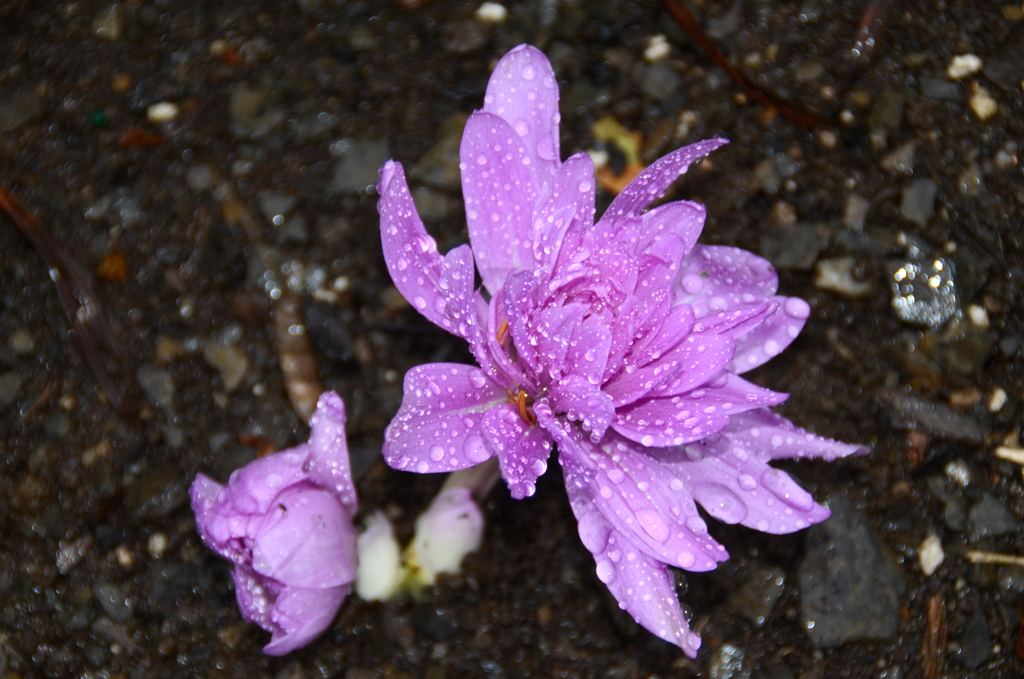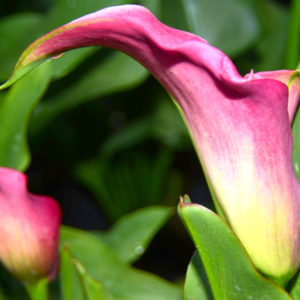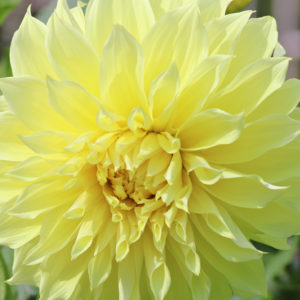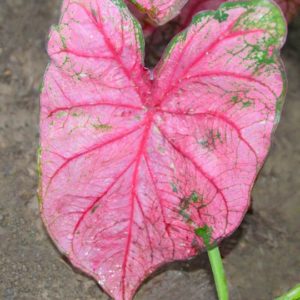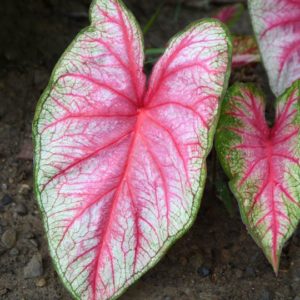Description
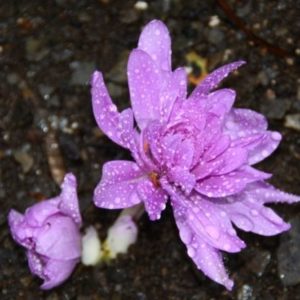 Crocus,
Crocus,
Waterlily
Throughout the year there are several flowers that when they appear, the sight of them stirs within all of us a feeling of joy, passion, hope and happiness that is never forgotten. In late winter it is the appearance of the first snowdrop, often poking its head out of the snow, in spring it is the bloom of the first tulips, in December it is the pots of luxuriously red poinsettias and in the fall, for those few of us who grow them, it is the surprise of color that only comes with the FALL BLOOMING bulbs. If you have never grown these bulbs, you cannot imagine the pleasure that they inspire when these often forgotten bulbs produce their unexpected displays of color.
Both Colchicum and Crocus have fall blooming cultivars, but the Colchicum cultivars are always much larger, and Colchicum contain, in all parts of the plants, colchicine, a very powerful medicinal compound that can be used for treating gout. Throughout the mid-1500s many horticultural scientists warned that Colchicine was a dangerous poison, but the Europeans ignored these warnings and by the 17th and 18th centuries, Colchicum were very popular European and United Kingdom plants.
In the ensuing centuries, colchicine was found to produce some interesting effects in plants. The drug could cause dwarfing and malformation in plants and, most importantly, it could alter the chromosome count in pollen and egg cells. These chromosomal manipulations can produce much larger plants and so colchicine has continued to be of great interest to horticultural scientists.
Probably one of the most curious facts about the Colchicum is its symbiotic relationship with ants. In 1933 Professor Rolf Nordhagen of Norway suggested in a paper he published that ants might distribute the seeds of Colchicum. Apparently, C. autumnal seeds are coated with a sugary layer. The ants consume the sugary layer, but do not touch the rest of the seeds, and no harm is done to the seeds because of the colchicine that is present beneath the sugary layer protects the seeds.
These bulbs are very rarely available at garden centers because of their extremely short shelf life (less than 3 weeks), but they are the most stunning part of a late summer and or fall garden, and they should be a part of every gardener’s collection. The FALL BLOOMING bulbs include: Colchicums, Lycoris/Amaryllis Bella Donna (Naked Lady) and Crocus.
Besides being beautiful and a fresh addition to the garden landscape that in late summer and early autumn is weary, the FALL BLOOMING bulbs are deer resistant.
Unlike the SPRING BLOOMING bulbs which can be ordered throughout the summer and fall, are planted in the fall and bloom in the spring, the FALL BLOOMING Bulbs must be ordered in June, July or, if any are still available, in August. The bulbs leave Holland in mid-July and reach the port of New York City in late July or early August (early August, if there has been a storm in the North Atlantic). They are unloaded and pass through Customs in 48-72 hours and are immediately shipped to our importers. Within 48 hours of receipt by our importers, they are shipped to Harvesting History and within 24 hours of receipt by us, we ship to all of you.
The reason I have described this process in such detail is to help you understand why these bulbs are so rarely seen in American gardens. By the time Harvesting History is shipping to you, some of the bulbs have already begun to sprout and upon receipt by you must be planted immediately.
For all of you who are new to FALL BLOOMING Bulbs, it is important to understand the following:
- The bulbs you receive and plant in August WILL BLOOM in late August or September THIS YEAR.
- They do not have to be dug up after they bloom. They are hardy perennials – hardy from Hardiness Zone 4-Hardiness Zone 9.
- In the spring, the bulbs produce green foliage which dies back in the early summer, and the plant disappears.
- In the fall, each bulb will produce a series of flower stems, but no foliage.
Planting FALL BLOOMING Bulbs for Glorious FALL Color
Bulbs are some of the easiest plants to grow. Fundamentally the process requires four steps.
- Dig a hole.
- Dust the hole with bonemeal.
- Place the bulb in the hole.
- Fill the hole with soil.
There are, however, some additional refinements which help produce even more lavish results and enhance protection from critters.
First, bulbs can and should be planted deeper than the instructions you receive on the package labels. An easy way to remember how deep to plant the bulb is to think of a quarter. If the bulb you are planting has the same diameter as a quarter or less, plant the bulb 4 inches deep. If the bulb is broader than a quarter, plant it 6-10 inches deep. Large bulbs like some alliums, camassias, standard tulips and fritillaries can easily be planted 10 inches deep. As the soil compacts days, weeks and months after planting, it produces a thinner layer of soil on top of the bulb. Planting bulbs deep helps with critter control. Moles, voles, chipmunks and squirrels are lazy little creatures, and they don’t like doing a lot of digging to reach their food.
Second, bonemeal is a must. It is an excellent source of calcium and phosphorus which help the bulbs to form a strong root system and healthy stems. For large bulbs (those bigger than a quarter), use ¼ cup per bulb. For small bulbs, dust the entire surface or hole where the bulbs will reside.
Third, small bulbs should be planted in clusters of 10 or more – 1 inch apart. Large bulbs, like allium, can stand along, but create a much more pleasing presence in the garden when planted is clusters of 3-5. They should be separated by no more than 4-6 inches.
Fourth, bulbs usually multiply fairly quickly and once crowded will not produce blossoms. Plan to divide your bulbs in mid-summer to fall when the top growth has dried out.
These simple, easy, quick tasks are all that is required to produce a lovely bulb display year after year.
Planting FALL BLOOMING Bulbs in Containers
All FALL BLOOMING Bulbs can be grown in containers. A 10-12 inch diameter pot is ideal, but larger and smaller containers can also be used. The 10-12 inch pot will accommodate 20 saffron crocus bulbs, 8 gigantic or autumnal colchicum or 6 Waterlily crocus. The same size pot will accommodate 4 Naked Ladies. Remember to use generous amounts of bone meal when planting (1 cup per pot). In zones 4-5, the pots should be protected during the winter months.

